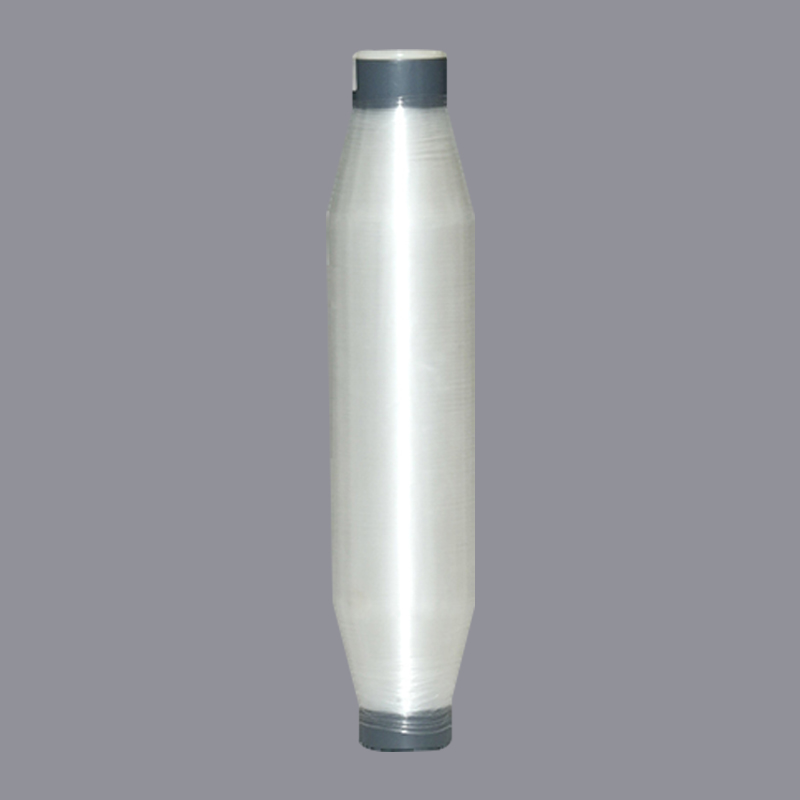It is made with Bio-base PLA, fully biodegradable Feature: 1. Industrial compost product 2. Made with PLA 3. Eco-frie...
READ MOREIn the textile industry, Low Melting Yarn is a special fiber material distinguished by its low melting temperature. So, what exactly does the low melting point of Low Melting Yarn mean? Simply put, it means that the yarn melts or softens at a relatively low temperature, enabling bonding, shaping, or compounding with other fibers.
Traditional synthetic fibers, such as polyester and nylon, typically require higher temperatures to melt. Low-melting-point polyester (Co-PET) or low-melting-point nylon, can be designed to have a melting point between 90°C and 180°C, far lower than the melting points of ordinary fibers. This low melting point eliminates the need for additional glue or adhesives during processing; instead, they can be self-bonded by heating, significantly simplifying the production process, reducing costs, and minimizing environmental pollution.
Content
Low-melt-point yarns have a wide range of applications, and their unique properties make them crucial in a variety of fields.
Low-melt-point yarns can be used as adhesives in seamless underwear, sportswear, footwear, and other products, achieving seamless stitching and enhancing wearer comfort and aesthetics. For example, in the manufacture of shoe uppers, low-melt-point yarns are blended with regular yarns. Upon heating, the low-melt-point yarns melt, acting as an adhesive and strengthening the upper.
Low-melt-point yarns are commonly used in the manufacture of carpets, mattresses, curtains, and other products. Through melt bonding, the material's stability and durability are enhanced.
Low-melt-point yarns are used in the manufacture of sound insulation and seat materials for automotive interiors, leveraging their adhesive properties to provide stability and shaping, improving production efficiency.
In disposable medical supplies, masks, medical bandages, and other products, the self-adhesive properties of low-melt-point yarns ensure product durability and safety.
The widespread use of Low Melting Yarn is due to its significant advantages:
| Aspect | Low Melting Yarn | Ordinary Fibers |
|---|---|---|
| Melting Point | 90°C – 180°C (low) | Above 250°C (high) |
| Bonding Method | Self-bonding by heating (no glue needed) | Requires additional adhesives |
| Environmental Impact | Eco-friendly, fewer chemicals | Higher chemical usage |
| Production Efficiency | Fast, simplified process | Slower, more complex |
| End-Use Properties | Durable, stable, comfortable | Standard durability |
Low Melting Yarn, due to its unique low melting point, has become an indispensable material in the modern textile industry. It not only revolutionizes traditional bonding methods but also, with its environmentally friendly, efficient, and versatile advantages, is driving innovation and development in various industries, including textiles, automotive, and medical.

It is made with Bio-base PLA, fully biodegradable Feature: 1. Industrial compost product 2. Made with PLA 3. Eco-frie...
READ MOREPlease fill out the form below and our team will contact you as soon as possible.
Addres: No.66 Qiaogang Road, Haian, Nantong City, Jiangsu Province, China
E-mail: [email protected] [email protected]
Copyright ? GC FIBER All Rights Reserved. Eco-Friendly Textile Products Manufacturer Biodegradable Yarn Company
